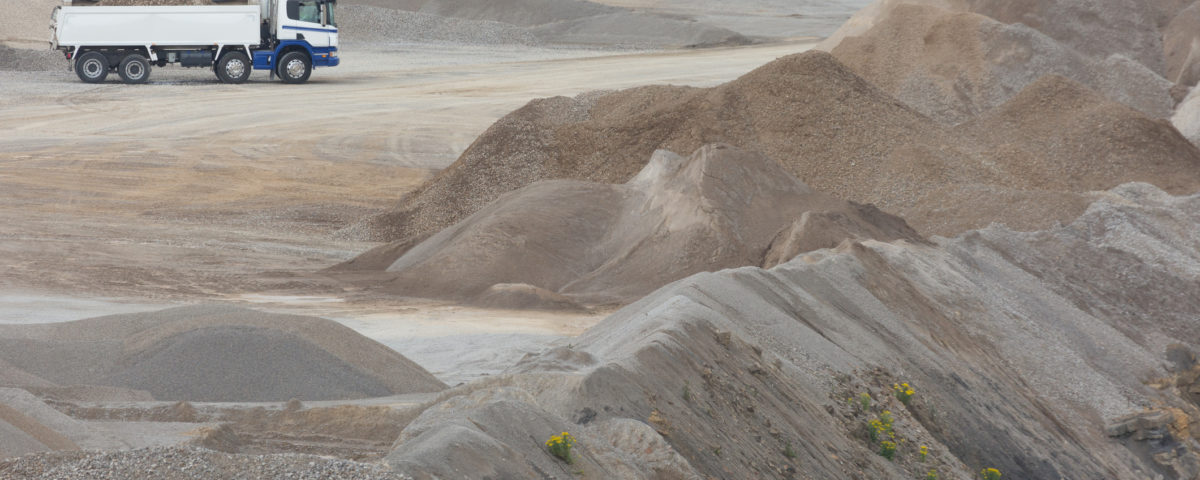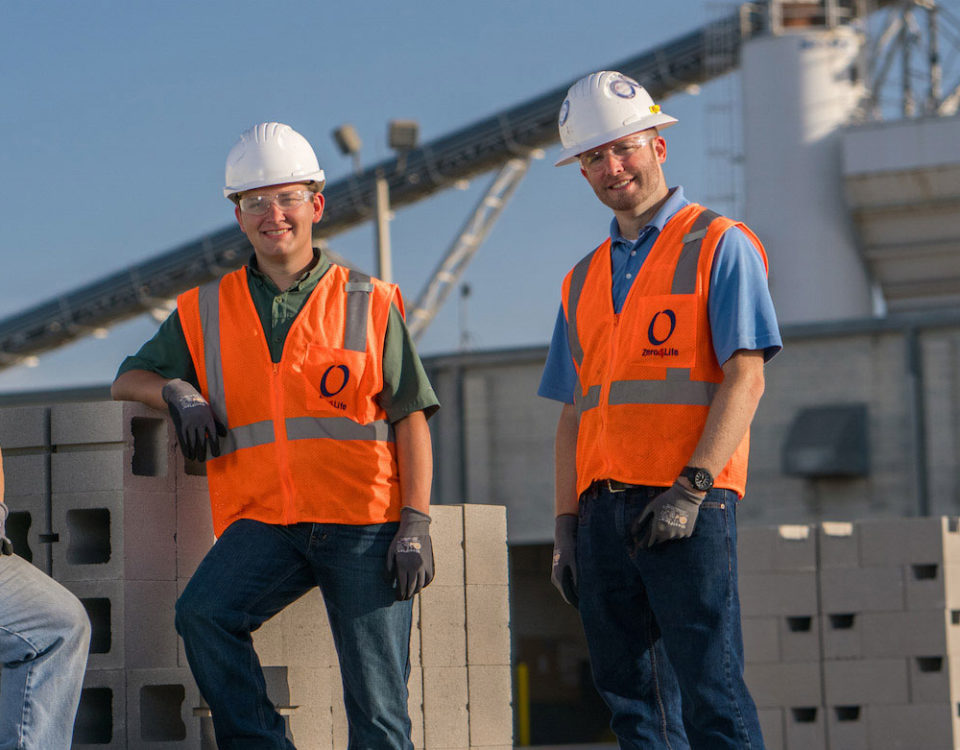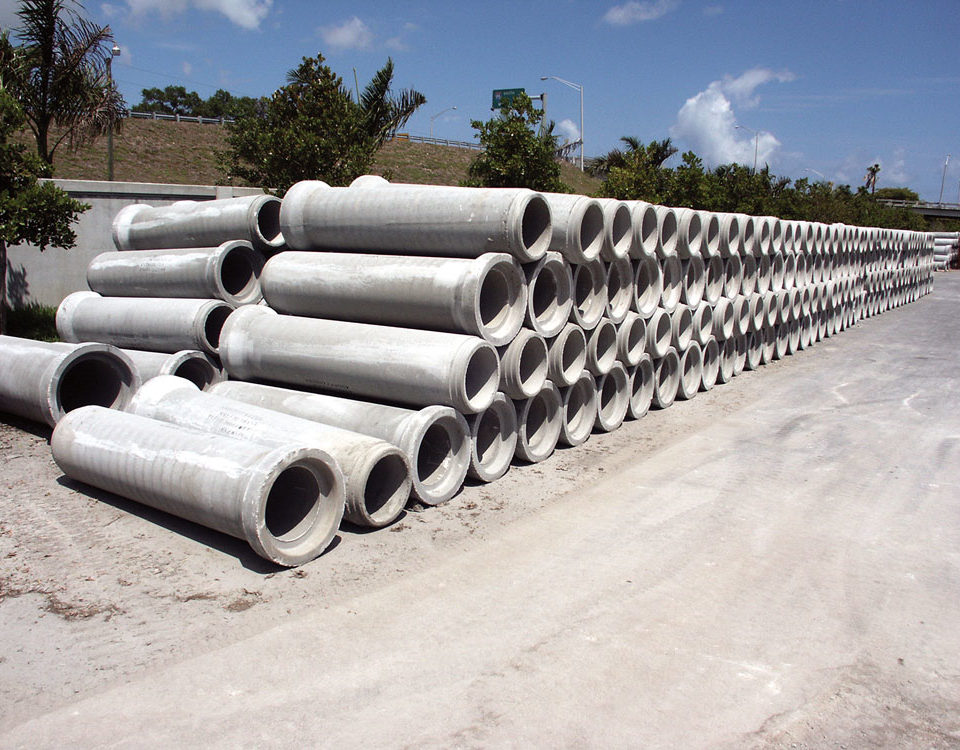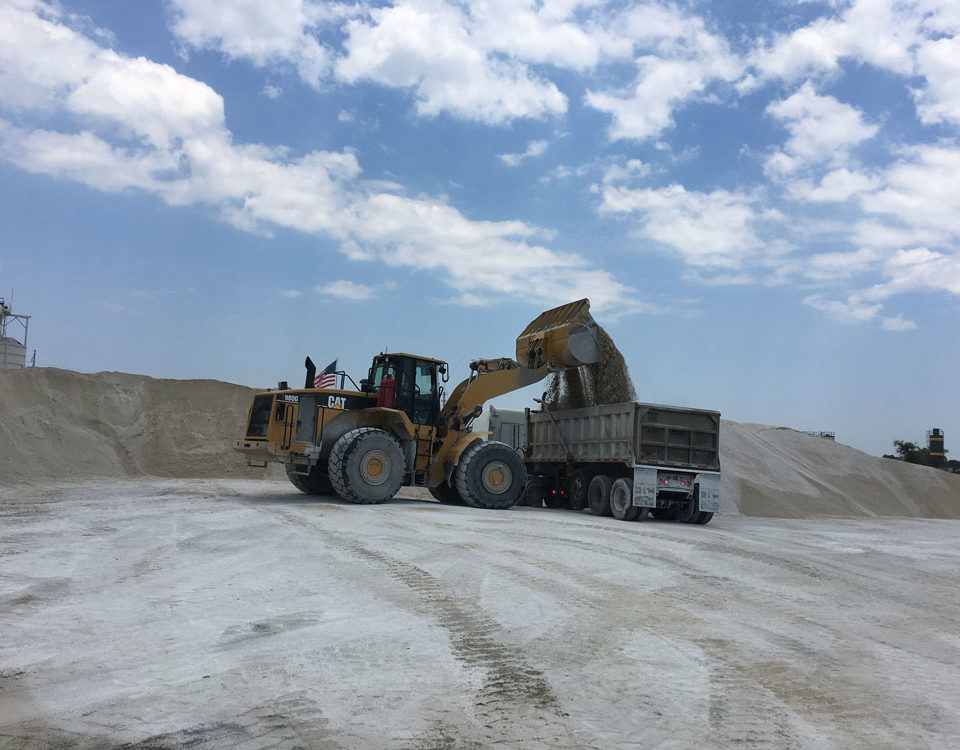
Was Your Home Built Prior to ___? It May be Time to Reinforce Your Foundation
January 14, 2018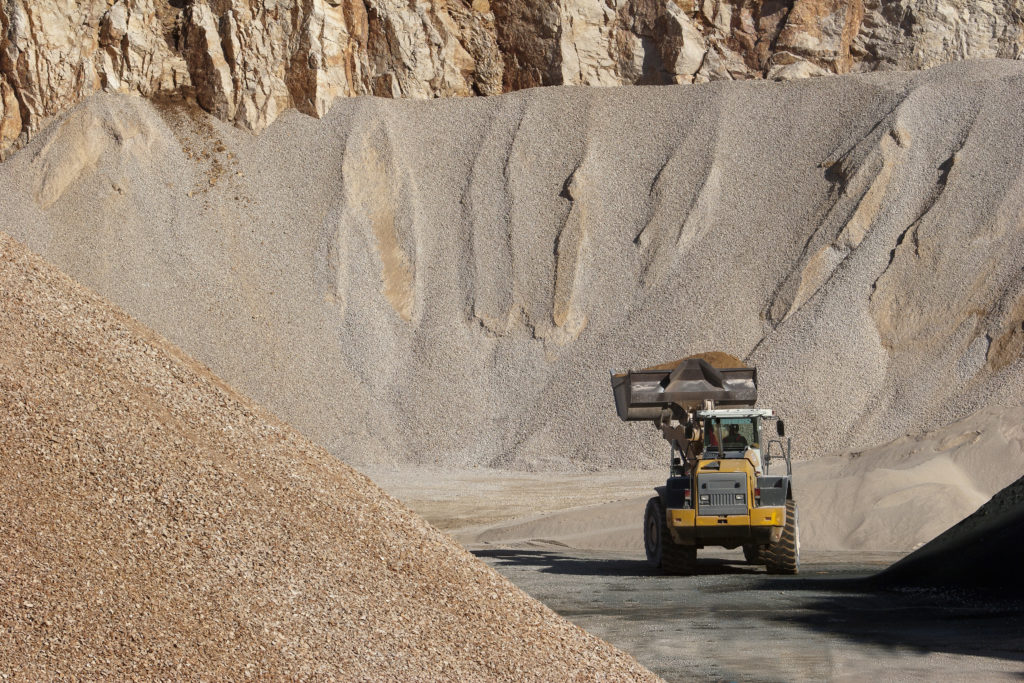
A Day in the Life: What Goes On at a Quarry
February 5, 2018Limestone Aggregate Usage
There is no naturally formed rock that provides the versatility of limestone.
Limestone aggregates are an essential part of our daily lives. This sand, gravel, and stone represents the building blocks of our modern civilization, both industrially, as well as economically.
These products are the foundation for our homes, hospitals, roadways, highways, and virtually any other man-made structure we use every day. Aggregates can also be found in tile, glass, plaster, and household products like cleansers and cosmetics.
Aggregates additionally boast important environmental applications like erosion and sewage control, as well as water-filtration systems. Limestone is even employed to reduce air pollution and acid rain.
Environmental Provisions
Limestone quarrying in the South Florida area takes place in an area known as the Lake Belt. This region is a 50,000-acre buffer that resides between the Everglades and the expanding urban development of western Miami-Dade County.
The limestone industry has provided approximately $120 million to aid the acquisition and restoration of over 12,000 acres of South Florida’s wetlands. Limestone companies have also contributed over $20 million of additional funding for upgrades to South Florida water treatment facilities for fresh, clean, drinkable water we can all enjoy.
Actively participating in the Lake Belt Plan is an important facet of what the limestone industry does. This includes reclaiming the land used for limestone mining and transforming unused or tapped quarries into reservoirs and natural preservations.
Economic Benefits
The limestone industry provides 7,500 jobs and over $550 million in wages to South Florida workers. Many of these individuals reside in the communities in proximity to the quarries. This relationship benefits our community in a variety of ways.
The limestone industry generates approximately $70 million in tax revenue. However, an additional benefit is the money paid to local workers that are likely to return to local economies in the form of local business support and patronization. This money can be invested in local infrastructures such as schools, hospitals, roadways, and water treatment facilities.
Florida also boasts the lowest construction costs of anywhere in the United States. Without limestone quarrying, or if we were forced to move quarries even a few miles away, this would result in a figure in the hundreds of billions added to upgrade our facilities and infrastructure.
Florida’s State and National Limestone Impact
Florida represents as the 2nd leading producer in the United States behind Texas. Between the top four limestone producing regions of the U.S. (Texas, Florida, Pennsylvania, and Missouri), nearly half of all the aggregate material in the country is produced.
The state of Florida also ranks fourth nationally in limestone consumption behind Missouri, Kentucky, and Indiana. Limestone is a vital part of any construction. With the rapid expansion of South Florida and Florida as a whole, it is easily apparent why the state consumes so much limestone aggregate.
The Lake Belt Region in western Miami-Dade County produces the highest possible grade of limestone in the state of Florida and 50 percent of the entire state’s production. The Florida limestone aggregate industry also supports a significant portion of aggregate production for the whole southeastern United States.
Quarry Rehabilitation
South Florida’s limestone operations are important for a variety of reasons. Due to the location of the Lake Belt Region, a primary focus is on the environmental sustainability and restoring of the Everglades.
Limestone quarries serve as vital water storage for the South Florida Water Management District’s Everglades Restoration Plan and additionally provide valuable ecosystems near local wells that aid water pumps and storage systems.
Once quarrying activities have ceased, the goal is rehabilitating these unutilized sites for useable nature preserves and natural habitats. This involves restoring a natural grade to former mining areas and providing suitable topsoil for native vegetation.
This goal develops quarries into healthy, natural ecosystems, and remains a vital part of determining viable limestone quarrying sites before production even begins.
Quarries additionally serve to help the eradication of the non-native Melaleuca tree. This tree was introduced into the Everglades to help with flooding. However, the plant showed a nearly unquenchable thirst for water and drove out native vegetation in the process.
The sites utilized for quarrying in the Lake Belt Region are often infested and overrun with Melaleuca, a situation that numerous environmental groups and the state of Florida would be happy to exterminate.

